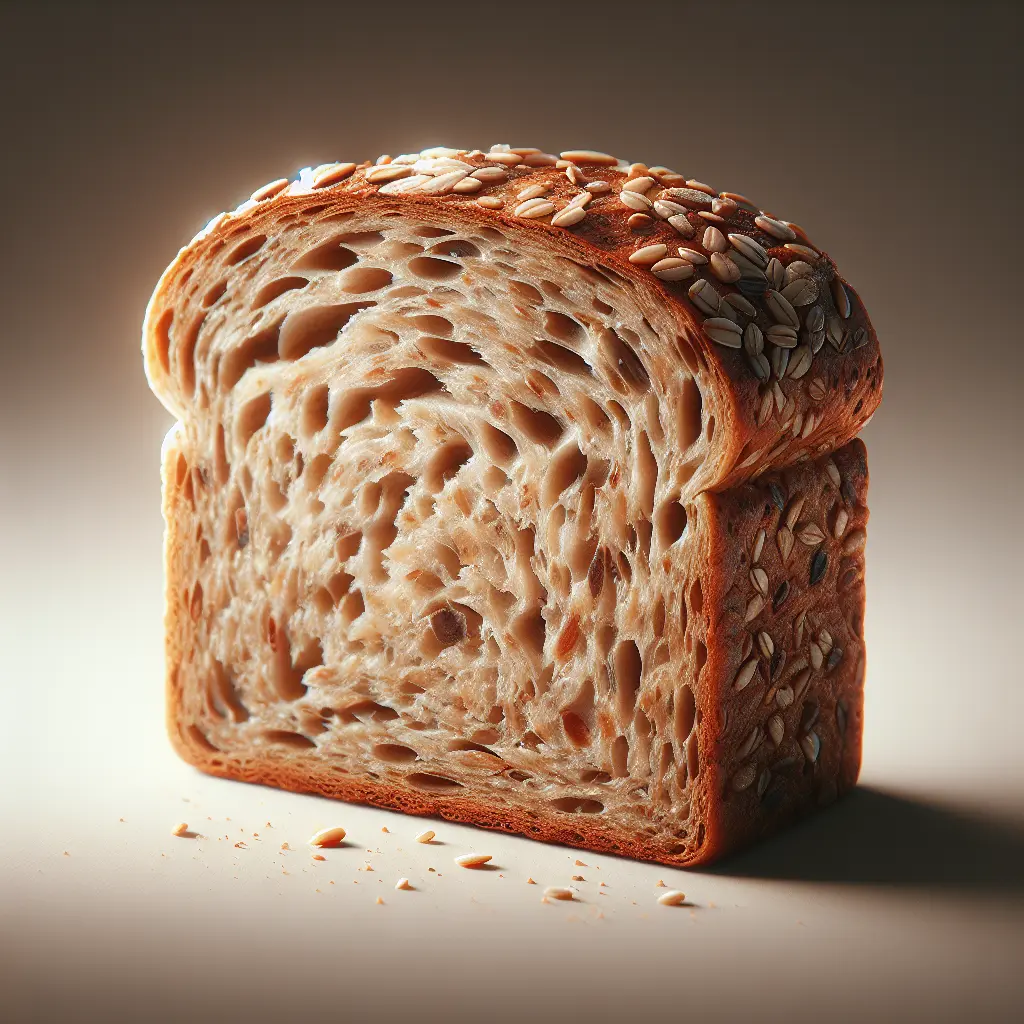Whole Bread: A Nutritional Powerhouse
Whole bread is an unprocessed bread made from the entire grain, including the bran, germ, and endosperm. This makes it a rich source of essential nutrients, including:
- Fiber: Whole bread is an excellent source of both soluble and insoluble fiber. Soluble fiber helps lower cholesterol levels and blood sugar, while insoluble fiber promotes digestive health.
- Vitamins: Whole bread contains a variety of vitamins, including B vitamins, vitamin E, and folate. These vitamins are essential for energy production, cell growth, and overall well-being.
- Minerals: Whole bread is also a good source of minerals, such as iron, magnesium, and zinc. These minerals are necessary for red blood cell production, muscle function, and immune system health.
Health Benefits of Whole Bread
Consuming whole bread regularly offers numerous health benefits, including:
- Improved digestion: The high fiber content in whole bread helps regulate digestion, preventing constipation and promoting a healthy digestive system.
- Reduced risk of heart disease: Whole bread contains soluble fiber, which can help lower LDL (bad) cholesterol levels and reduce the risk of heart disease.
- Stable blood sugar levels: The fiber in whole bread slows down the absorption of sugar into the bloodstream, helping to prevent blood sugar spikes and crashes.
- Weight management: Whole bread is a filling and satisfying food that can help promote weight management. The fiber content helps you feel fuller for longer, reducing cravings and overeating.
Incorporating Whole Bread into Your Diet
Whole bread is a versatile food that can be enjoyed in various ways. Here are some tips for incorporating it into your diet:
- Sandwiches: Use whole bread slices for sandwiches, layering them with lean protein, vegetables, and healthy fats.
- Toast: Toast whole bread slices and spread them with avocado, hummus, or nut butter for a nutritious and filling snack or breakfast.
- Croutons: Cut whole bread into cubes and toast them to create healthy croutons for salads or soups.
- Breadcrumbs: Dry and grind whole bread to make breadcrumbs, which can be used to coat chicken, fish, or vegetables before baking or frying.
Conclusion
Whole bread is a nutritious and versatile food that offers a range of health benefits. By incorporating it into your diet, you can improve your overall health and well-being.
How many calories are in Whole Bread?
Each 1 slice of Whole Bread contains 81 calories.
Whole Bread Nutritional Information
| Nutrient | Amount per 1 slice (32g) |
|---|---|
| Calories | 81 Calories |
| Protein | 4g |
| Fat | 1.1g |
| Saturated Fat | 0.2g |
| Cholesterol | 0mg |
| Carbohydrates | 14g |
| Dietary Fiber | 1.9g |
| Sugar | 1.4g |
| Sodium | 0.146mg |
| Potassium | 0.0813mg |
| Calcium | 0.052mg |
| Iron | 0.0008mg |
